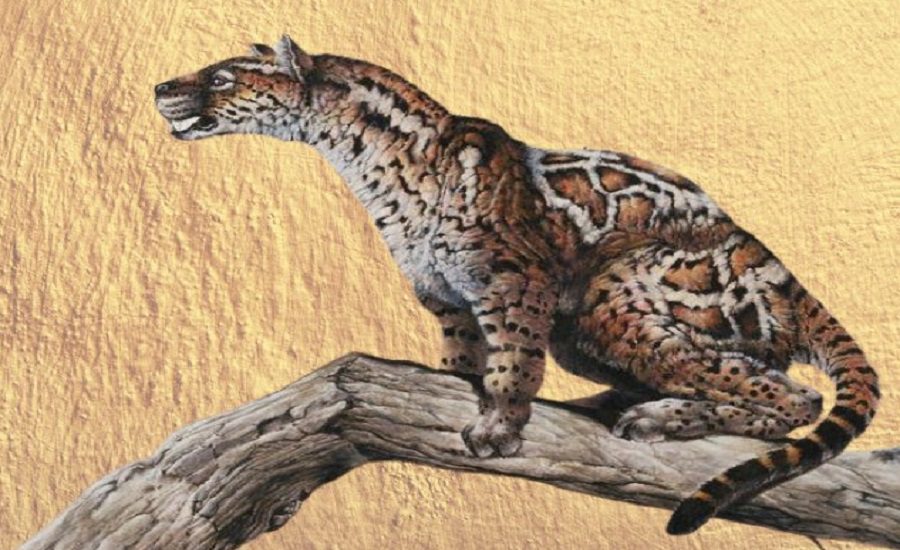New Delhi: In a fascinating revelation connecting prehistoric times to modern wildlife, the National Tiger Conservation Authority (NTCA) took to social media platform X to share insights on the evolutionary origins of tigers. Tracing their roots back 60 million years, NTCA shed light on a little-known but crucial mammal group — miacids — that laid the foundation for the evolution of today’s top carnivores, including the majestic tiger.
“From forest canopies to apex predators – miacids, tree-dwelling mammals from 60 million years ago, were the earliest ancestors of modern carnivores. Their lineage split into caniforms & feliforms – eventually giving rise to tigers,” NTCA posted.
🐾 From forest canopies to apex predators – miacids, tree-dwelling mammals from 60 million years ago, were the earliest ancestors of modern carnivores. Their lineage split into caniforms & feliforms – eventually giving rise to tigers.
— National Tiger Conservation Authority (@ntca_india) August 18, 2025
घने जंगलों से लेकर सर्वोच्च शिकारी तक -… pic.twitter.com/Ne3Q0QigTM
Who Were the Miacids?
Miacids were small, agile, tree-dwelling mammals that lived during the Paleocene to Eocene epochs across North America, Europe, and Asia. With sharp teeth and a keen sense of smell, they were skilled climbers and effective predators, varying in size from that of a domestic cat to a small wolf.
Although extinct, miacids are considered the precursors to the entire order Carnivora, which includes animals like lions, wolves, bears, hyenas, and otters.
The Great Split: Caniforms and Feliforms
Roughly 40–50 million years ago, as climates changed and ecosystems diversified, miacids underwent evolutionary branching that led to two distinct suborders:
Caniforms (dog-like carnivores): Including dogs, wolves, bears, foxes, and otters
Feliforms (cat-like carnivores): Including cats, tigers, lions, hyenas, civets, and mongooses
It is from the feliform lineage that modern-day tigers (Panthera tigris) evolved, becoming apex predators in forest ecosystems across Asia.
Why This Matters
Highlighting the deep evolutionary roots of the tiger emphasizes the species’ biological heritage and underscores the importance of conservation efforts. Understanding this ancestry not only helps scientists better appreciate the genetic complexity of big cats but also strengthens the case for preserving them in their natural habitats.
With only a few thousand tigers left in the wild today, NTCA’s post aims to remind the public of the millions of years of evolution that have shaped these majestic creatures — and how easily they could vanish without sustained protection.


























